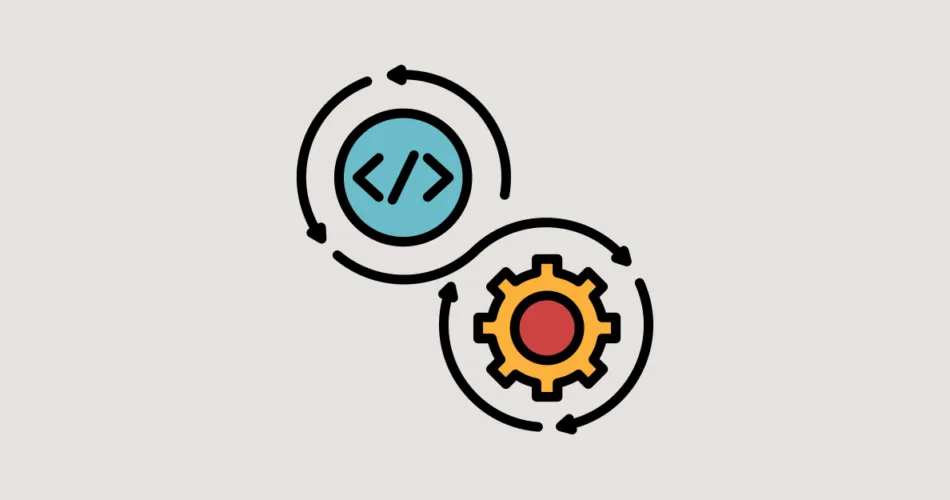In the intricate world of microservices architecture, effective communication between services is paramount. Microservices orchestration and choreography emerge as two distinct approaches to managing interactions within a distributed system. This blog post uncovers the dynamics of Orchestration vs Choreography, exploring their concepts and highlighting the tools that empower developers to achieve seamless service communication.
Orchestration vs Choreography Concepts:
Microservices Orchestration: Orchestration involves centralizing control over service interactions. In this approach, there is a designated orchestrator that coordinates the flow of communication between services. The orchestrator is responsible for managing the sequence of actions, ensuring that services collaborate harmoniously to achieve a specific outcome. This centralized control makes it easier to monitor and manage the overall process.
Microservices Choreography: Choreography, on the other hand, takes a decentralized approach. Services communicate directly with each other, collaborating autonomously based on predefined events or messages. There is no central orchestrator; instead, services are aware of their responsibilities and interactions. Choreography is more adaptable to changes and supports the autonomy of individual services.
Workflow Management Tools:
Orchestration Tools: Workflow management tools like Apache Airflow, Camunda, and Netflix Conductor enable microservices orchestration. These tools provide visual workflows where developers define the sequence of tasks and their dependencies. The orchestrator then coordinates the execution of these tasks across services.
For instance, consider an e-commerce platform. Orchestration tools can manage the order fulfillment process, orchestrating tasks like inventory check, payment processing, and shipping.
Choreography Tools: Choreography is facilitated by event-driven tools like Apache Kafka, RabbitMQ, and AWS EventBridge. These tools facilitate the exchange of events or messages between services, enabling them to collaborate without relying on a central controller.
Imagine a travel booking application. Choreography tools can ensure that when a flight booking is confirmed, the payment service receives a notification to process the payment.
Choosing the Right Approach:
The choice between orchestration and choreography depends on the complexity of interactions and the level of autonomy desired. Orchestration works well for processes that have a predefined sequence of tasks and require centralized control. Choreography shines in systems where services need to adapt independently and communicate based on events.
In conclusion, microservices communication hinges on the choice between orchestration and choreography. Whether centralizing control with orchestration or promoting autonomy through choreography, developers must select the approach that aligns with their system’s requirements. By leveraging the power of orchestration and choreography, developers can master the art of communication in the realm of microservices architecture.
Embark on a journey of effective communication with microservices orchestration and choreography, paving the way for resilient and efficient distributed systems.
Subscribe to our email newsletter to get the latest posts delivered right to your email.


Comments